Home>Furniture>Office Furniture>How To Build Bookshelves Easily
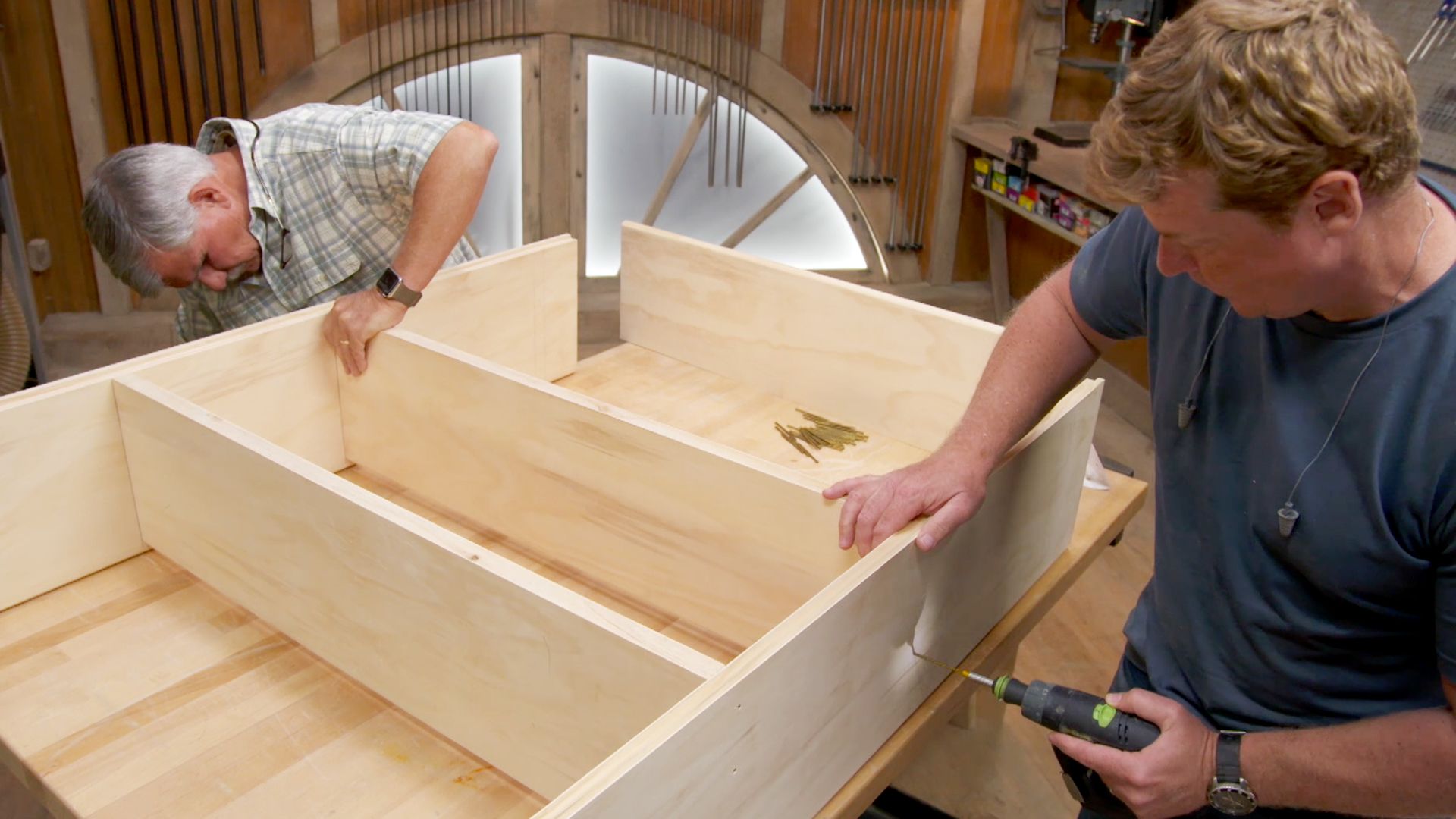

Office Furniture
How To Build Bookshelves Easily
Modified: December 7, 2023
Looking to build bookshelves for your office? Our easy guide will help you create functional and stylish office furniture with step-by-step instructions and tips.
(Many of the links in this article redirect to a specific reviewed product. Your purchase of these products through affiliate links helps to generate commission for Storables.com, at no extra cost. Learn more)
Introduction
Are you tired of cluttered shelves and disorganized books? Building your own bookshelves is a great solution that allows you to customize the design to fit your space and style. Plus, it’s a satisfying DIY project that can save you money compared to buying pre-made bookshelves.
In this article, we will guide you through the process of building bookshelves easily. Whether you’re a seasoned DIY enthusiast or a beginner, this step-by-step guide will help you create functional and visually appealing bookshelves for your home or office.
Before we dive into the nitty-gritty details, let’s take a moment to discuss the benefits of building your own bookshelves. Firstly, customizing the design allows you to make the most of your available space. You can determine the height, width, and depth of the shelves to fit the specific area where you plan to install them.
Secondly, DIY bookshelves give you the freedom to choose the material and finish according to your preferences. Do you prefer the timeless beauty of solid wood or the modern vibe of metal and glass? The choice is yours! Furthermore, building your own bookshelves allows you to add personal touches such as decorative moldings or unique hardware.
Lastly, taking on a DIY project like this can be a fun and rewarding experience. You’ll have the opportunity to develop your woodworking skills and create a piece of furniture that you can be proud of. So, let’s get started on this exciting journey of building bookshelves that are both functional and aesthetically pleasing!
Key Takeaways:
- Customize your bookshelves to fit your space and style by following these 6 easy steps, from gathering materials to mounting the finished product securely. Enjoy the DIY journey and showcase your creativity!
- Building your own bookshelves not only provides practical storage but also offers a fun and rewarding experience. Prioritize safety, accuracy, and creativity to create functional and visually appealing bookshelves.
Read more: How To Build A Wall Of Bookshelves
Step 1: Gathering Materials
Before you begin building your bookshelves, it’s essential to gather all the necessary materials. Having everything ready will streamline the construction process and ensure you have a smooth workflow. Here’s a list of the materials you’ll need:
- Wood: Choose a sturdy and durable wood for the shelves, such as pine, oak, or plywood.
- Screws: Opt for screws that are appropriate for the thickness of your wood.
- Shelving brackets: These will support the shelves and keep them in place.
- Wood glue: This adhesive will help strengthen the joints between wood pieces.
- Sandpaper: Get a variety of grits to smooth out any rough edges or surfaces.
- Finish: Decide on the finish you want for your bookshelves, such as paint, stain, or varnish.
- Tools: Gather your woodworking tools, including a circular saw, drill driver, measuring tape, level, and clamps.
Once you have all the materials ready, it’s time to move on to the next step: measuring and planning.
Step 2: Measuring and Planning
Accurate measurements and careful planning are crucial to ensure that your bookshelves fit perfectly in the designated area and meet your storage needs. Here’s how to proceed:
- Measure the space: Use a measuring tape to determine the height, width, and depth of the area where you plan to install the bookshelves. Take note of any obstacles or uneven surfaces that may affect the design.
- Consider the purpose: Think about what you’ll be storing on the shelves. Will it primarily be books, or will you also incorporate decorative items? This will help you determine the number of shelves and their spacing.
- Create a design: Sketch out a rough design that includes the dimensions, shelf heights, and any additional features you’d like to incorporate, such as drawers or doors. This will serve as your blueprint throughout the building process.
- Seek inspiration: Look for inspiration online or in home improvement magazines to get ideas for different styles and designs. This will help you visualize the final look and decide on any decorative elements.
- Double-check your measurements: Once you have your design, double-check all your measurements to ensure accuracy. It’s better to catch any errors or miscalculations at this stage than during the construction process.
By taking the time to measure carefully and plan your bookshelves, you’ll avoid costly mistakes and ensure that the final product fits seamlessly into your space.
Next, we’ll move on to cutting the wood pieces.
Step 3: Cutting Wood Pieces
Now that you’ve completed the measuring and planning stage, it’s time to cut the wood pieces for your bookshelves. Follow these steps:
- Gather your tools: Before you begin, ensure you have a circular saw or a table saw, measuring tape, and safety equipment such as goggles and gloves.
- Mark the measurements: Transfer the measurements from your design blueprint to the wood pieces. Use a pencil and a square to ensure accurate markings.
- Take safety precautions: When using power tools, always prioritize safety. Wear your safety equipment, secure the wood pieces firmly, and work on a stable surface.
- Cut the pieces: Using a circular saw or table saw, carefully cut the wood pieces according to your measurements. Take your time and make smooth, straight cuts.
- Label the pieces: To make assembly easier, label each piece with its corresponding location or role in the bookshelf. This will prevent confusion during the construction process.
- Double-check the cuts: After cutting all the pieces, double-check their measurements to ensure they match your design blueprint. If any adjustments are needed, make them before proceeding.
By following these steps, you’ll have accurately cut wood pieces that are ready for assembly. Now, let’s move on to the exciting part ─ assembling the bookshelves!
When building bookshelves, use a level to ensure they are straight and evenly spaced. This will not only make them look better but also ensure they are stable and secure.
Step 4: Assembling the Bookshelves
With the wood pieces cut and prepared, it’s time to start assembling your bookshelves. Follow these steps to ensure a sturdy and well-constructed final product:
- Arrange the pieces: Lay out the wood pieces on a flat and clean surface according to your design blueprint. This will make it easier to visualize the assembly process.
- Start with the frame: Begin by assembling the frame of the bookshelves. This usually involves connecting the vertical side pieces to the horizontal top and bottom pieces. Use wood screws and wood glue to secure the joints.
- Add the shelves: Once the frame is secure, it’s time to add the shelves. Place them evenly across the frame, leaving enough space between each shelf. Use measuring tape and a level to ensure accuracy.
- Secure the shelves: To prevent the shelves from moving or sagging, use shelving brackets or additional wood supports underneath each shelf. Attach them securely to both the shelf and the vertical side pieces.
- Reinforce the joints: To add strength to the bookshelves, reinforce the joints using additional screws or wooden dowels. This will ensure that the shelves remain sturdy and durable over time.
- Check for stability: Once the bookshelves are fully assembled, test their stability by gently shaking them. If there is any wobbling or instability, reinforce the joints or add additional support as needed.
Remember to follow the instructions provided with your wood glue and screws, and allow ample time for the glue to dry before proceeding to the next step.
Now that your bookshelves have taken shape, it’s time to move on to the final step: sanding and finishing.
Read more: How To Build Bookshelves For Kids
Step 5: Sanding and Finishing
Now that your bookshelves are assembled, it’s time to give them a smooth and polished finish. Follow these steps to achieve a professional-looking result:
- Sanding the surfaces: Start by sanding all the surfaces of the bookshelves, including the sides, shelves, and edges. Use sandpaper with a medium grit to smooth out any rough spots or imperfections. Then, switch to a fine grit sandpaper to achieve a smooth finish.
- Removing dust: After sanding, use a clean cloth or a vacuum cleaner to remove any dust or debris from the surfaces. This will ensure that the finish adheres properly to the wood.
- Applying the finish: Choose the type of finish you prefer, such as paint, stain, or varnish. Apply it evenly to all the surfaces of the bookshelves, following the manufacturer’s instructions. Use a brush or a lint-free cloth for a smooth and even application.
- Drying time: Allow the finish to dry completely according to the recommended drying time. This ensures that the finish sets properly and enhances the durability of your bookshelves.
- Optional: Adding protective layers: If desired, you can apply additional protective layers, such as polyurethane or wax, to further protect the surface of the bookshelves from scratches or stains.
- Final sanding (optional): For an extra touch of smoothness, you can lightly sand the surfaces once the finish has dried. Use a fine grit sandpaper and be gentle to avoid removing too much of the finish.
Once the finishing touches are complete, take a step back and admire your beautifully finished bookshelves!
The last step in the process is mounting the bookshelves, which we will cover in the next section.
Step 6: Mounting the Bookshelves
The final step in building your bookshelves is mounting them securely to the wall. Follow these steps to ensure a safe and stable installation:
- Locate the studs: Use a stud finder to locate the wall studs where you plan to mount your bookshelves. These studs will provide the necessary support for the weight of the shelves and their contents.
- Mark the placement: Once you’ve located the studs, use a level to mark the desired placement of your bookshelves on the wall. Ensure they are level and evenly spaced.
- Pre-drill holes: Using a drill, pre-drill holes into the wall at the marked locations. This will make it easier to screw in the brackets or mounting hardware.
- Attach mounting hardware: Depending on the type of bookshelves and the wall material, attach the appropriate mounting hardware. This may include brackets, anchors, or screws designed for heavy-duty installations.
- Secure the bookshelves: With the mounting hardware in place, carefully lift and place the bookshelves onto the brackets or mounting hardware. Double-check that they are level and secure.
- Check stability: Once the bookshelves are mounted, give them a gentle shake to ensure they are stable and properly attached to the wall. Make any necessary adjustments or tighten screws as needed.
It’s important to follow the manufacturer’s instructions and weight limitations when mounting your bookshelves. If you’re unsure about the installation process, consult a professional or seek guidance from a knowledgeable source.
Now that your bookshelves are securely mounted, you can start enjoying your newly built, organized, and stylish storage space!
After completing these six steps ─ gathering materials, measuring and planning, cutting wood pieces, assembling the bookshelves, sanding and finishing, and mounting them ─ you should have a beautiful set of bookshelves that will not only serve as functional storage but also showcase your DIY skills and personal style. Congratulations on your successful bookshelf project!
Conclusion
Building your own bookshelves can be a rewarding and fulfilling DIY project. Not only does it allow you to customize the design to fit your space and style, but it also provides a practical solution to keep your books and other items organized. By following the six steps outlined in this guide ─ gathering materials, measuring and planning, cutting wood pieces, assembling the bookshelves, sanding and finishing, and mounting them ─ you can create bookshelves that are both functional and visually appealing.
Throughout the process, it’s important to prioritize safety and accuracy. Use the appropriate tools, follow the manufacturer’s instructions, and take necessary precautions when working with power tools and mounting hardware. Double-check your measurements and consistently level your bookshelves to ensure a sturdy and stable final result.
Remember, the beauty of DIY projects lies not only in the finished product but also in the journey of creating something with your own hands. Whether you’re a seasoned DIY enthusiast or a beginner, building bookshelves is a great way to develop your woodworking skills and showcase your creativity.
So, what are you waiting for? Gather your materials, measure your space, cut your wood pieces, assemble the bookshelves, sand and finish them, and mount them with care. Soon enough, you’ll have a beautiful and functional addition to your home or office that will draw admiration and provide the perfect place for your cherished books and belongings.
Enjoy the process, embrace your creativity, and revel in the joy of building bookshelves that reflect your personal style and needs. Happy building!
Frequently Asked Questions about How To Build Bookshelves Easily
Was this page helpful?
At Storables.com, we guarantee accurate and reliable information. Our content, validated by Expert Board Contributors, is crafted following stringent Editorial Policies. We're committed to providing you with well-researched, expert-backed insights for all your informational needs.
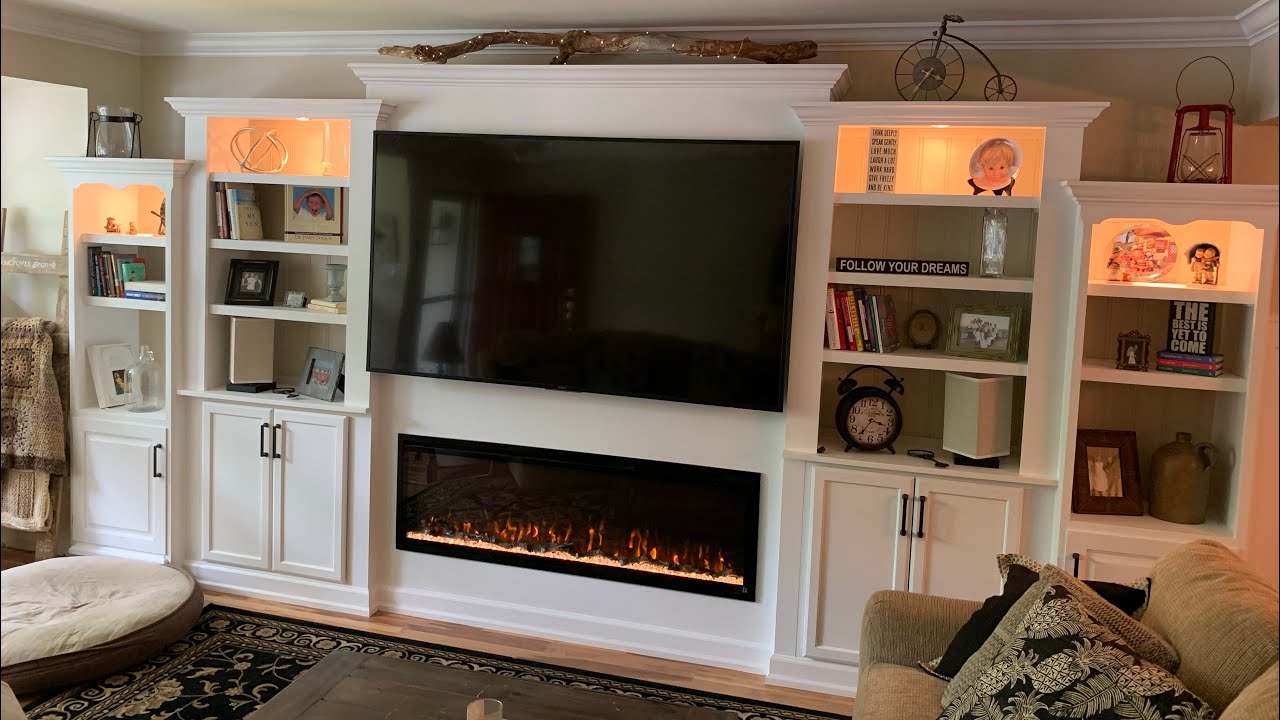
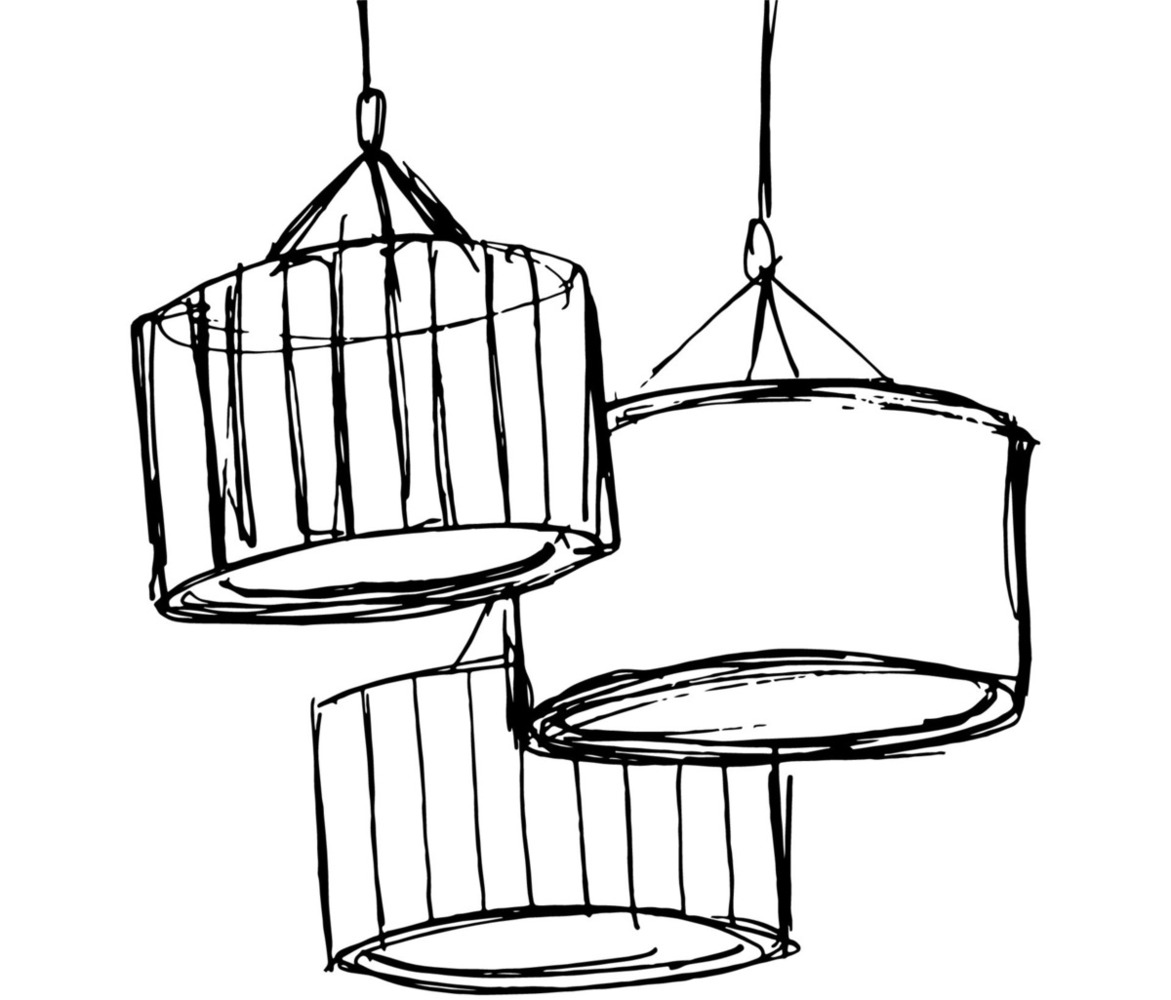
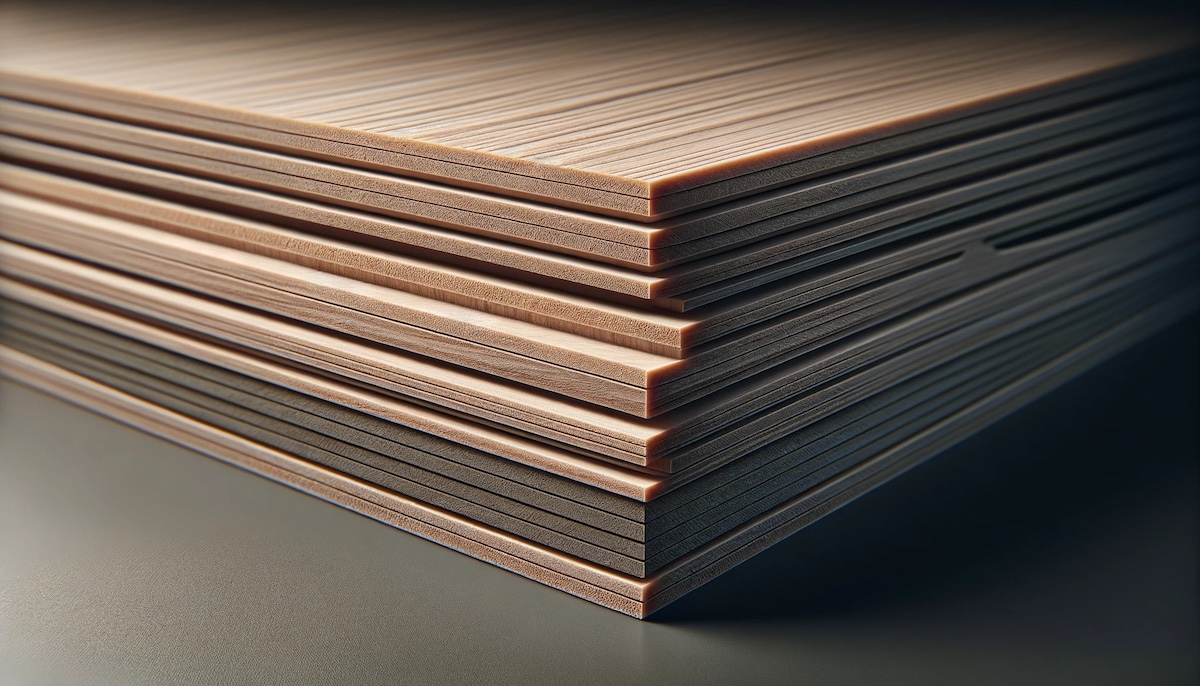

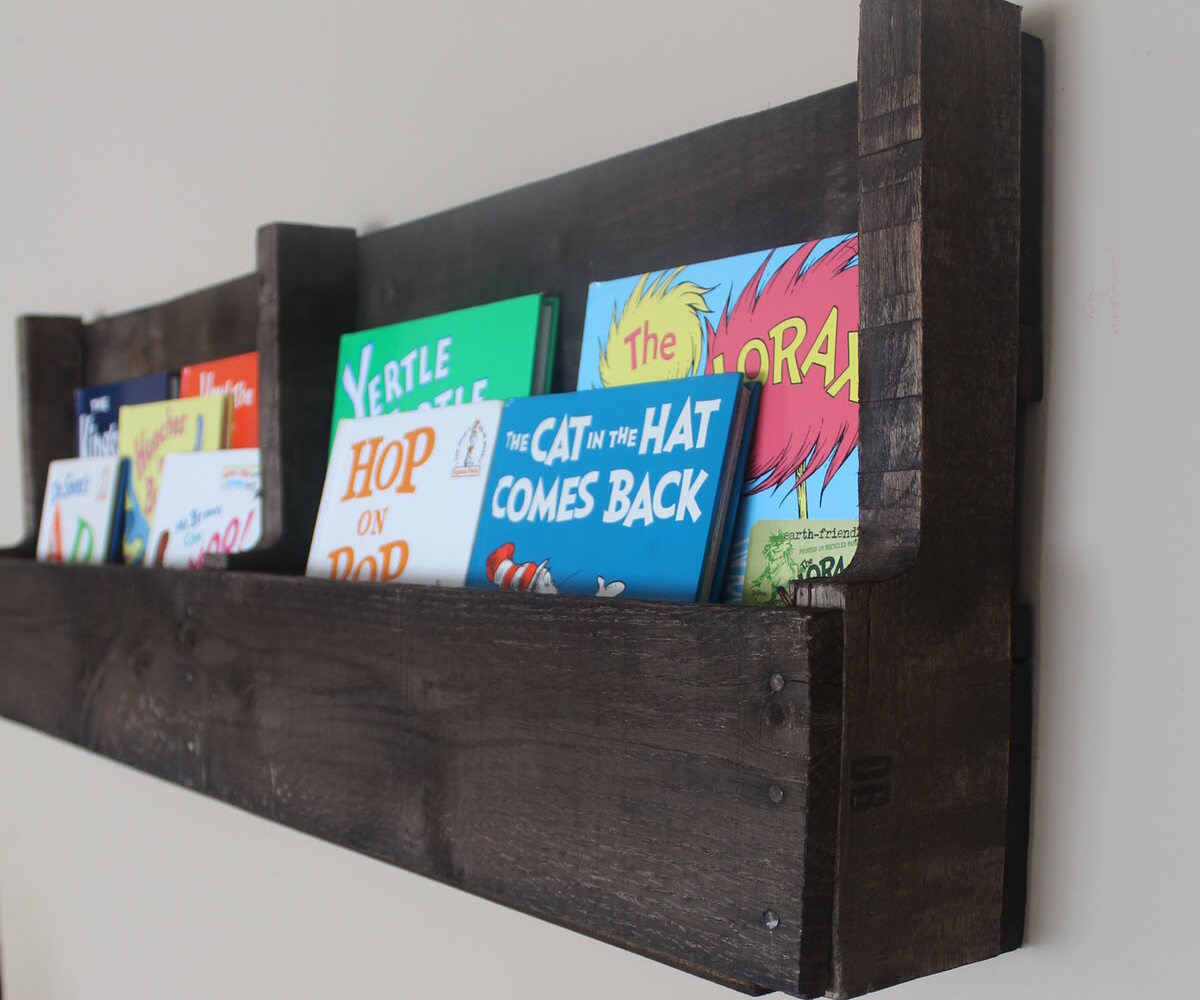
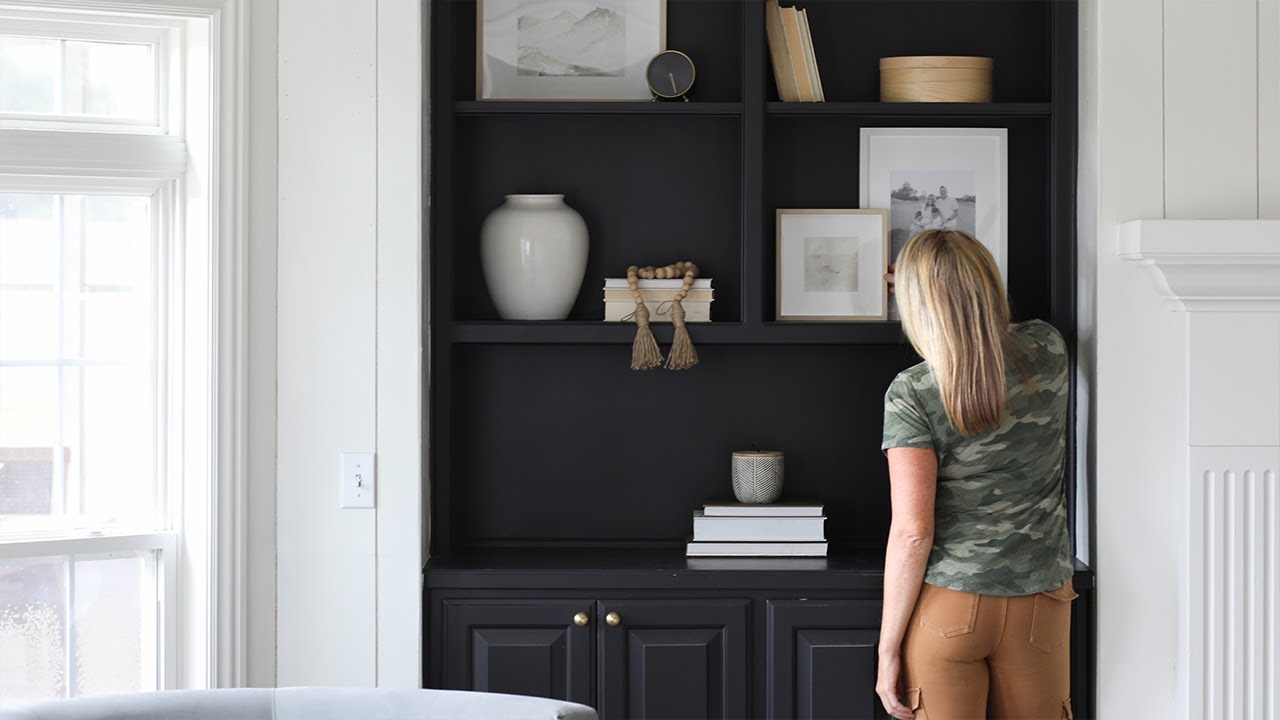
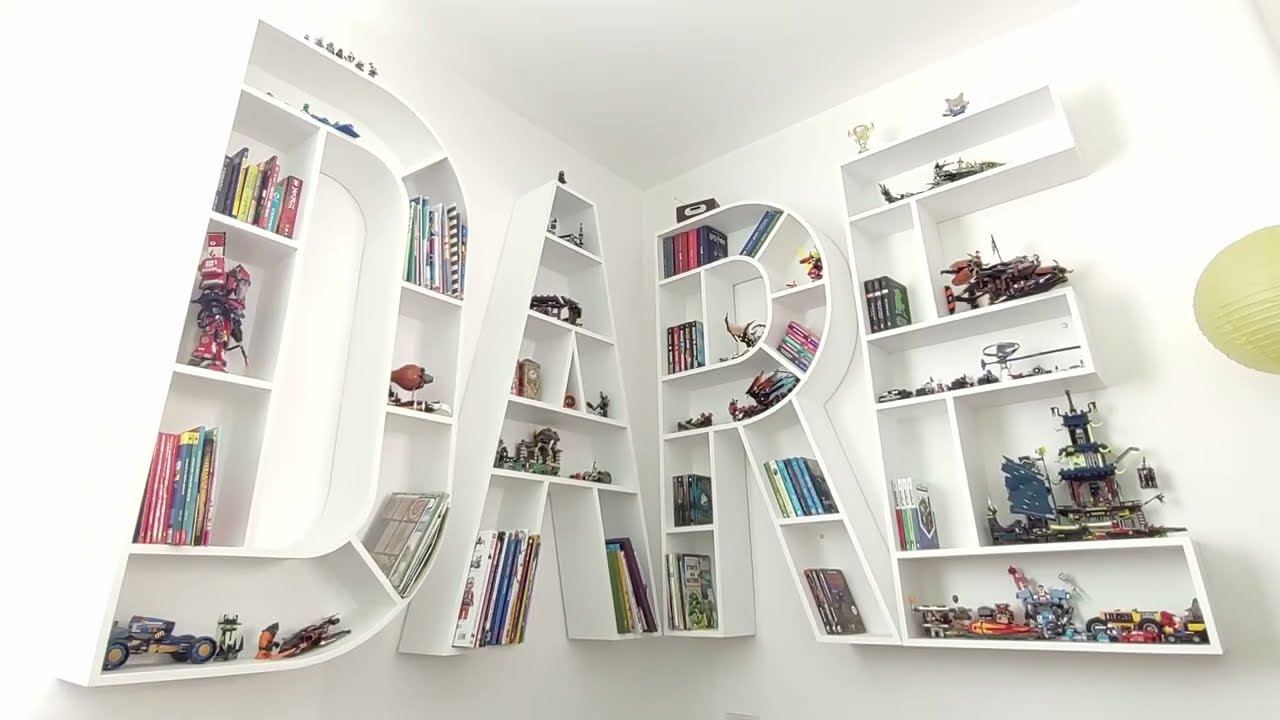
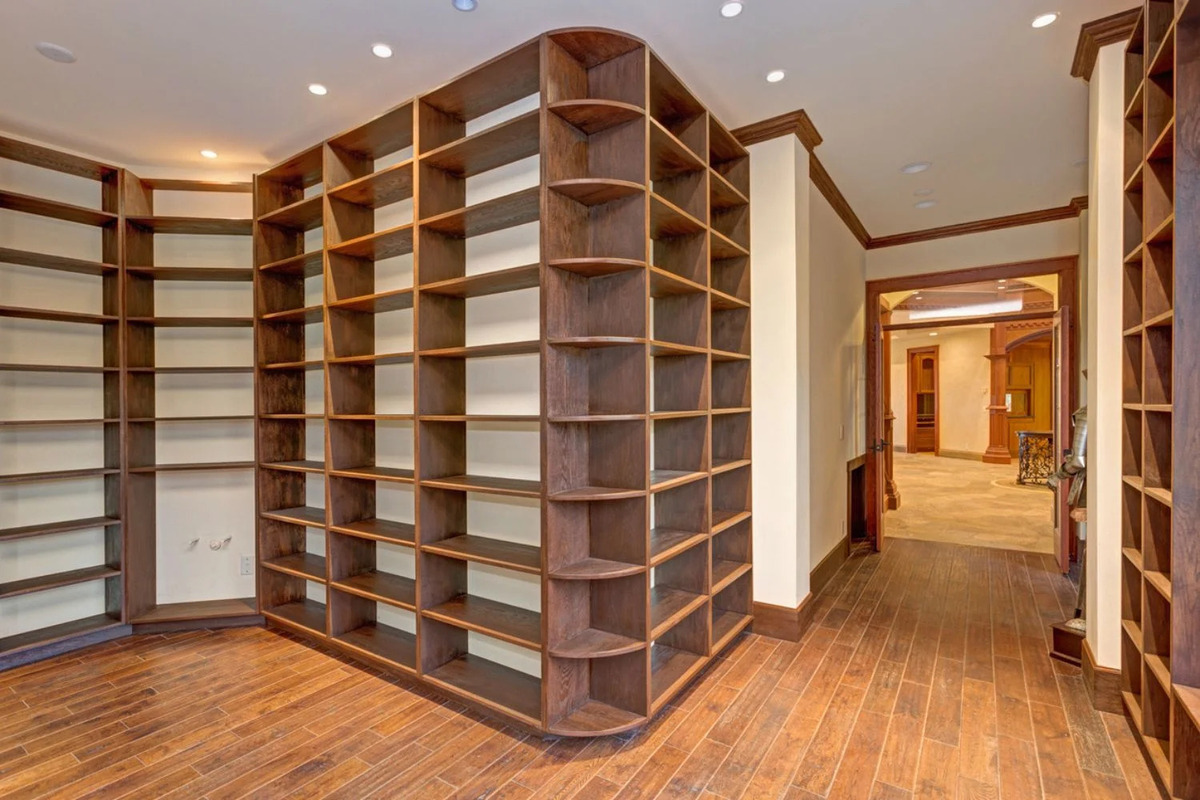
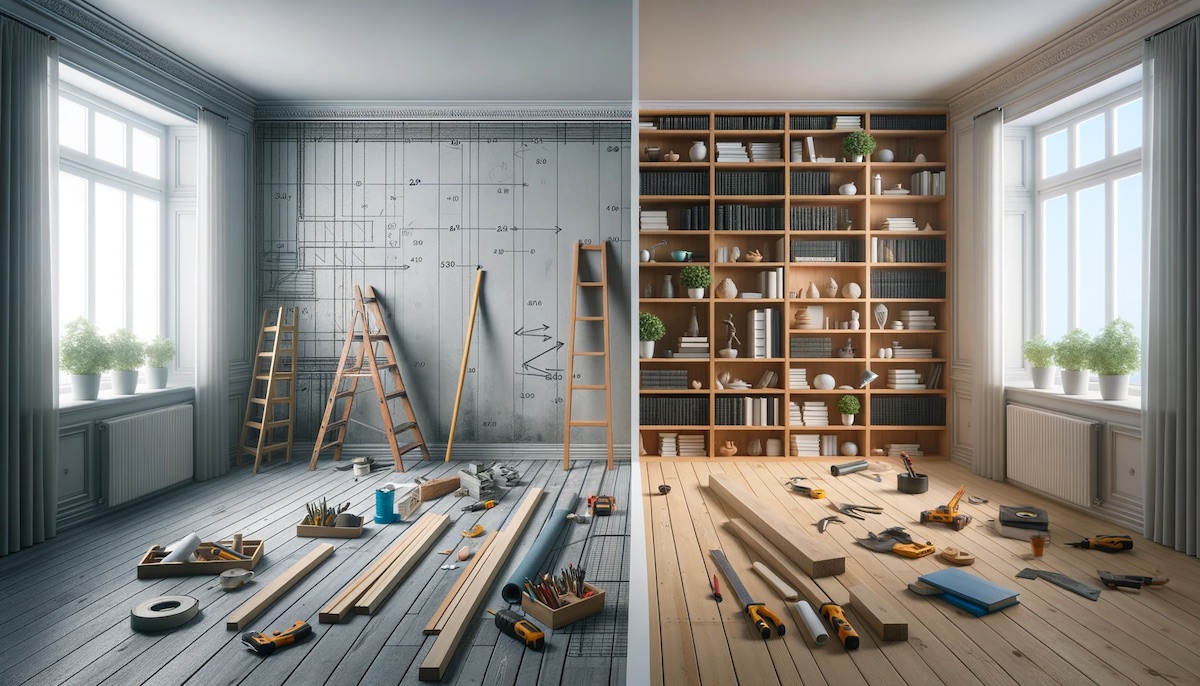


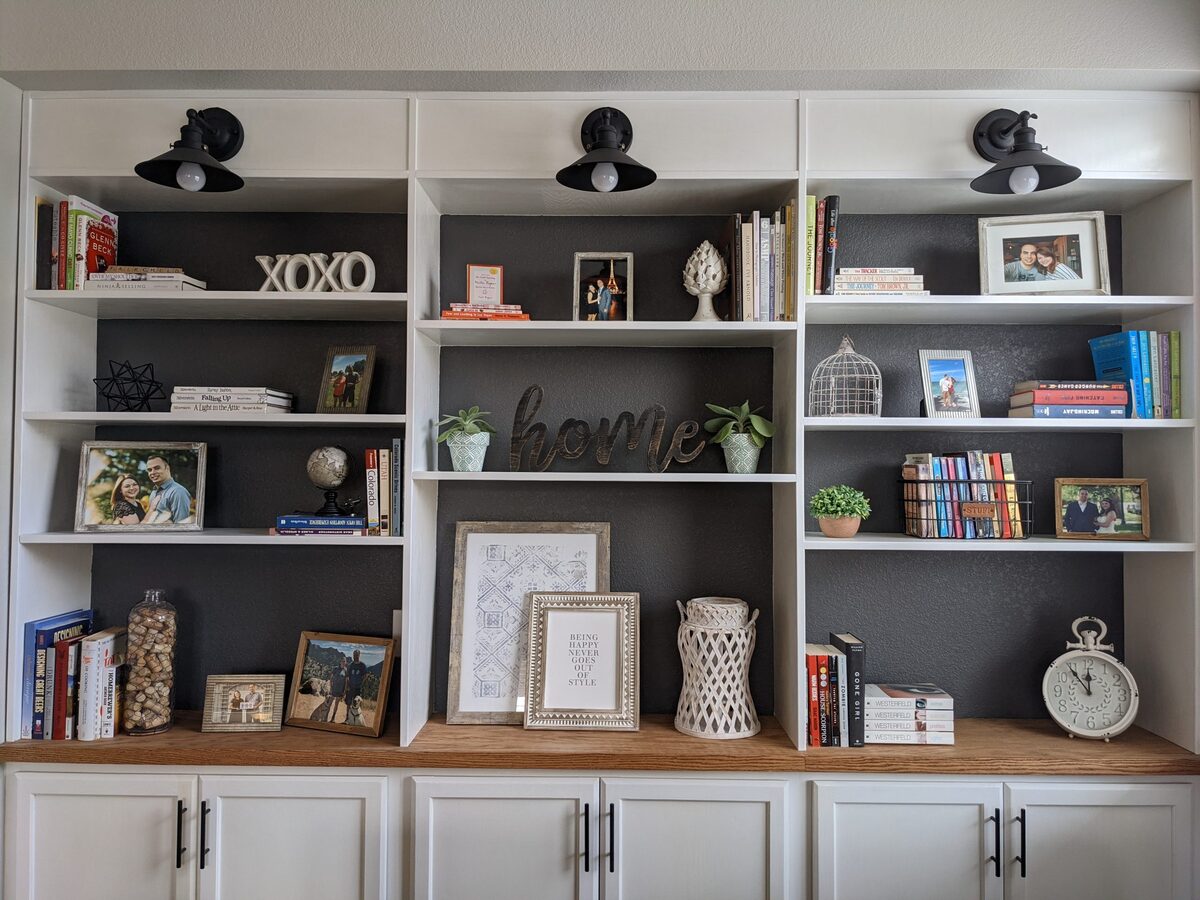
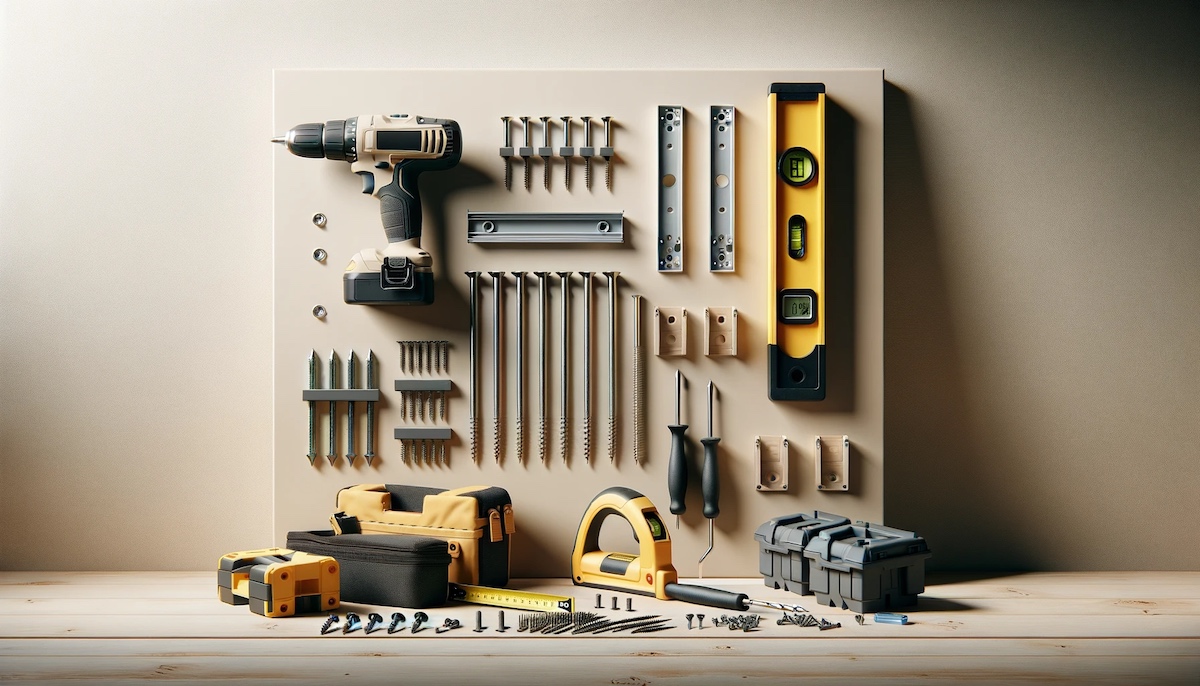
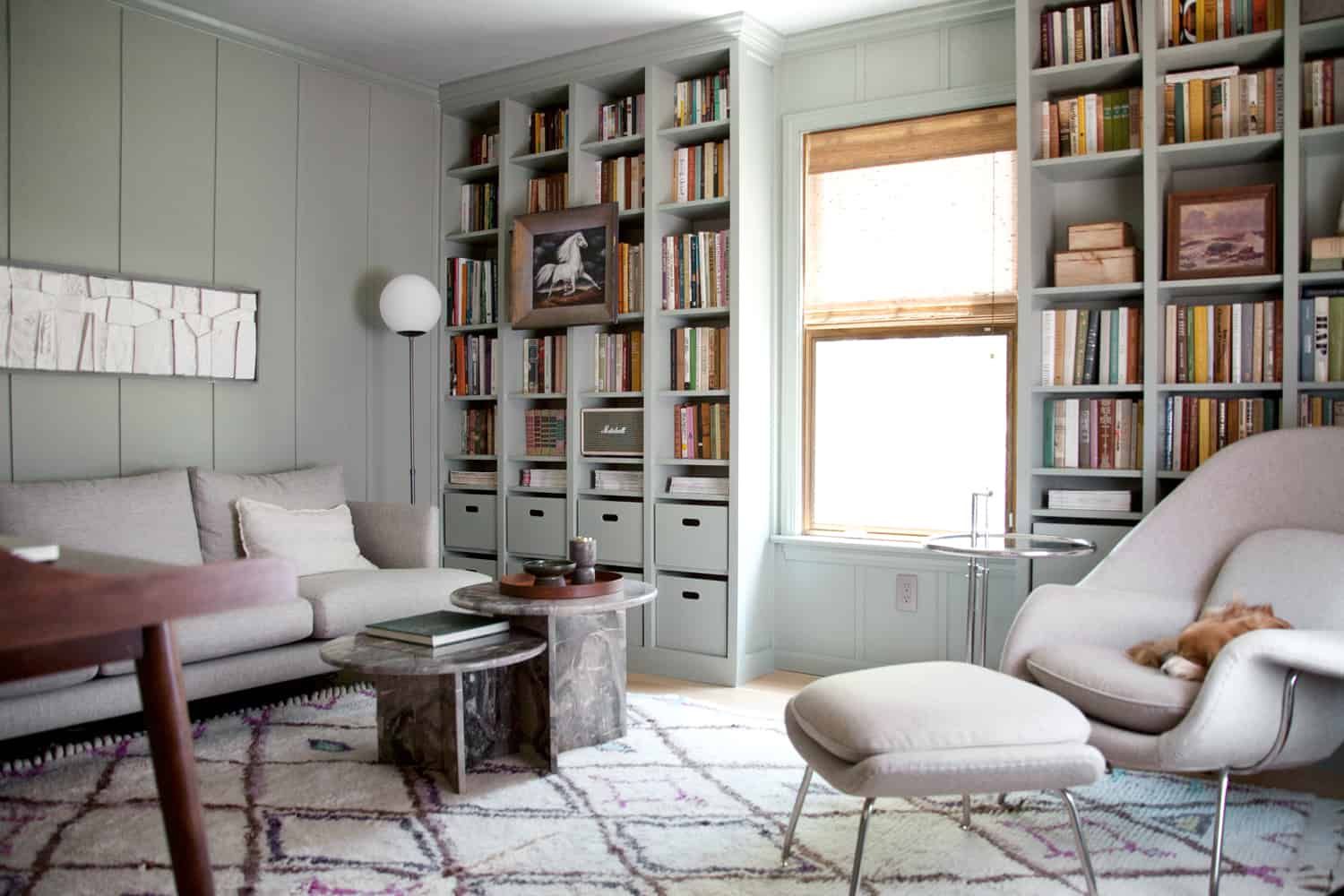

0 thoughts on “How To Build Bookshelves Easily”